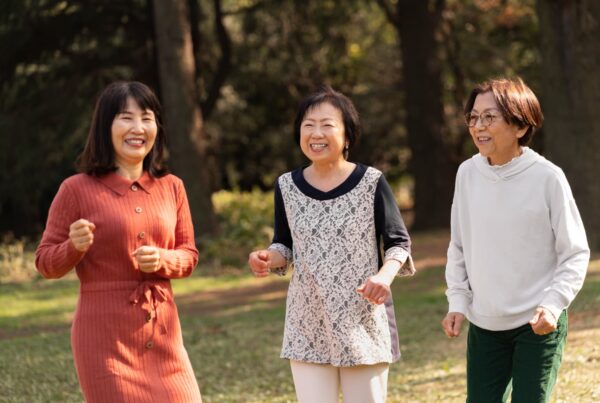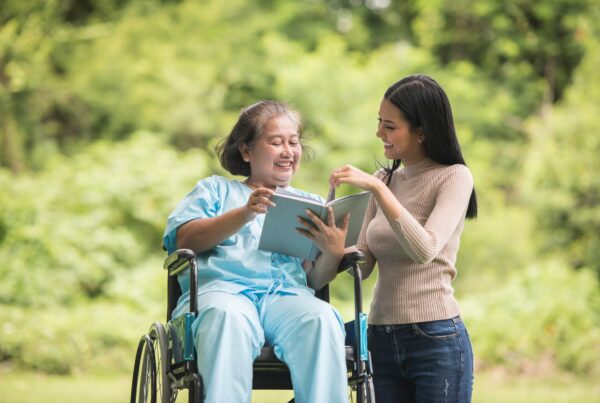Recovering from a stroke is a long and complex journey, requiring comprehensive care, rehabilitation, and continuous support. While some stroke survivors can return home with family assistance, many require professional care that nursing homes provide. In these specialized facilities, patients benefit from tailored rehabilitation programs, round-the-clock medical supervision, and structured support systems to enhance their quality of life and maximize recovery potential.
Choosing a nursing home for post-stroke recovery is a significant decision, and understanding the available care, therapies, and support structures can help families make informed choices. This guide covers the key aspects of post-stroke recovery in nursing homes, from rehabilitation therapies to the importance of skilled nursing care.
Importance of Specialized Post-Stroke Recovery Care
Stroke recovery is not just about physical rehabilitation; it also involves cognitive, emotional, and social rehabilitation. A nursing home specializing in post-stroke care provides:
- Medical Supervision: Continuous monitoring to prevent complications like infections, pressure ulcers, and recurrent strokes.
- Rehabilitation Services: Physical, occupational, and speech therapies to help stroke survivors regain function and independence.
- Personalized Care Plans: Tailored programs addressing each patient’s specific impairments and recovery goals.
- Emotional and Psychological Support: Addressing post-stroke depression, anxiety, and cognitive changes through therapy and counseling.
- Nutritional Support: Ensuring proper diet management, including meals designed for patients with swallowing difficulties.

Post-Stroke Rehabilitation Therapies in Nursing Homes
1. Physical Therapy (PT) for Stroke Recovery
Physical therapy is a cornerstone of stroke rehabilitation, focusing on regaining movement, strength, and coordination. Many stroke survivors experience weakness or paralysis on one side of the body, making it difficult to walk, stand, or perform basic movements. Through targeted exercises, physical therapists help patients retrain their muscles, improve balance, and build endurance. Techniques such as gait training assist individuals in relearning how to walk, often incorporating mobility aids like walkers or parallel bars to ensure stability.
In addition to restoring movement, physical therapy helps prevent complications such as muscle atrophy and joint stiffness. Stretching exercises and guided mobility training reduce the risk of contractures, which occur when muscles become permanently shortened due to lack of movement. Fall prevention is also a major focus, as stroke survivors often have compromised coordination and balance. Therapists work on strengthening core and leg muscles, improving posture, and teaching safety techniques to minimize the risk of falls.
2. Occupational Therapy (OT) for Daily Activities
Occupational therapy plays a crucial role in helping stroke survivors regain their ability to perform essential daily tasks independently. Many individuals struggle with activities such as dressing, grooming, eating, and maintaining personal hygiene due to weakness or loss of coordination in their hands and arms. Occupational therapists introduce adaptive techniques and tools, such as button hooks, dressing sticks, or specially designed utensils, to make these tasks easier.
Beyond physical rehabilitation, occupational therapy also includes cognitive training to help patients regain focus, memory, and problem-solving skills. Therapists incorporate exercises that improve cognitive function, ensuring patients can manage tasks such as organizing medications, handling finances, or following daily routines.
3. Speech and Swallowing Therapy
For many stroke survivors, communication and swallowing difficulties are significant challenges. Speech-language pathologists (SLPs) work with patients to regain speech clarity, language comprehension, and cognitive communication skills. Through structured exercises, individuals strengthen vocal muscles, improve pronunciation, and relearn how to form words and sentences.
Swallowing difficulties, also known as dysphagia, are another common issue post-stroke. If left untreated, dysphagia can lead to choking or aspiration pneumonia, a serious condition caused by food or liquids entering the lungs. Speech therapists assess swallowing function and implement strategies such as modified food textures, swallowing exercises, and posture adjustments to ensure safe eating and drinking.
Medical and Nursing Care in Post-Stroke Recovery
1. Medication Management and Health Monitoring
Proper medication management is crucial for stroke survivors to prevent complications and reduce the risk of another stroke. Nursing homes ensure patients take prescribed medications correctly and on time, helping to manage conditions like high blood pressure, diabetes, and cholesterol. Regular health monitoring, including blood pressure and blood sugar checks, allows caregivers to detect any issues early and adjust treatments accordingly. Additionally, pain management strategies such as medication, physical therapy, and massage therapy help alleviate discomfort and improve overall well-being.
2. Wound Care and Infection Prevention
Patients with limited mobility are at high risk for pressure ulcers, infections, and other complications. Nursing homes implement preventive measures such as regular repositioning, specialized mattresses, and skin assessments to reduce the likelihood of bedsores. Proper hygiene practices, routine medical check-ups, and infection control measures ensure that wounds are promptly treated, preventing further health complications. With dedicated nursing care, stroke survivors receive the attention and support needed to maintain their health and comfort.
Check out what to expect from an elderly day care centre here!

Emotional and Psychological Support
1. Mental Health Care
Stroke recovery can be emotionally challenging, often leading to feelings of depression, anxiety, and frustration. Nursing homes provide psychological support through counseling, cognitive behavioral therapy (CBT), and structured mental health programs. Support groups and peer interactions help patients connect with others who share similar experiences, offering encouragement and a sense of community. Addressing the emotional well-being of stroke survivors is just as important as their physical recovery, ensuring a more positive rehabilitation journey.
2. Social Engagement and Recreational Activities
Staying socially active is essential for stroke survivors, as isolation can negatively impact mental health and recovery. Nursing homes offer a variety of recreational programs, including music and art therapy, group exercises, and community events to keep residents engaged. These activities not only promote cognitive stimulation but also create opportunities for social interaction, enhancing emotional well-being and fostering a sense of belonging.
Family Involvement in Post-Stroke Recovery
1. Regular Visits and Emotional Support
Family involvement plays a significant role in the recovery process, providing emotional encouragement and motivation for stroke survivors. Nursing homes encourage regular visits to maintain strong family connections, helping patients feel supported and valued. Additionally, many facilities offer educational sessions for family members, equipping them with the knowledge needed to assist in their loved one’s long-term care and recovery.
2. Participation in Therapy Sessions
Some nursing homes involve family members in therapy sessions, allowing them to better understand the rehabilitation process and provide hands-on support. Whether assisting in physical exercises, learning proper mobility techniques, or simply offering encouragement, family participation strengthens the patient’s progress. This involvement helps create a smoother transition when the patient eventually returns home, ensuring continued recovery and improved quality of life.

Choosing the Right Nursing Home for Post-Stroke Recovery
When selecting a nursing home for post-stroke care, consider the following factors:
- Accreditation and Licensing: Ensure the facility meets healthcare quality standards.
- Specialized Stroke Care Programs: Look for facilities with experience in stroke rehabilitation.
- Therapy Services Availability: Verify access to PT, OT, and speech therapy.
- Staff-to-Patient Ratio: A lower ratio ensures personalized attention and better care.
- Facility Amenities: Check for wheelchair accessibility, therapy equipment, and comfortable living spaces.
- Reviews and Recommendations: Read testimonials from other families and visit the facility before deciding.
We also have a complete guide to choosing the right nursing home, make sure to check it out!
Conclusion
Recovering from a stroke requires ongoing medical attention, rehabilitation, and emotional support. Nursing homes specializing in post-stroke recovery provide an environment where survivors receive structured care, therapy, and social engagement to regain independence and improve their quality of life.
At Ixora Senior Care, we provide holistic support, from family consultations to the creation of tailored care plans, ensuring a top-notch environment for post-stroke rehabilitation in Malaysia. Book a visit to our nursing homes in KL and Selangor today!



